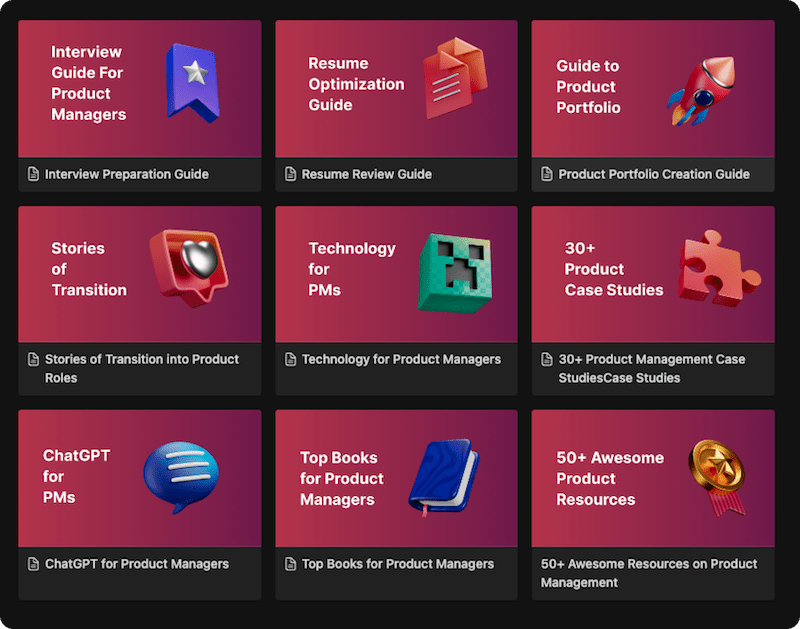You’ve been there. You’re trying to click a ‘Confirm’ button on a website, but nothing happens. You wait a second, then click again. And again. Faster this time. Harder, as if pressing the mouse with more force will somehow fix the broken code. That feeling of mounting frustration as you hammer away at an unresponsive element? You’ve just performed a Rage Click.
As a user, it’s an infuriating experience. But as a product manager, engineer, or designer, a rage click is a gift. It’s one of the most honest, unfiltered, and powerful signals of user frustration you can possibly receive. It’s a user, in a moment of pure desperation, screaming through their mouse, “This is broken!”
This guide will teach you how to listen to these signals. We’ll demystify rage clicks, turning them from a vague sign of user anger into a precise diagnostic tool. You’ll learn what causes them, how to find them, and how to use them as a prioritized source of truth to improve your customer experience and build products that people love, not just tolerate.
Definition and Origin: The Voice of Frustration
While users have been getting frustrated with websites for decades, the term “Rage Click” was popularized and systemized by Digital Experience Intelligence (DXI) platforms like FullStory and Hotjar in the mid-2010s. They built algorithms into their session replay tools that could automatically detect this behavior.
The technical definition typically involves a certain number of clicks (usually 3-5 or more) occurring within a short time frame (e.g., one second) and within a small, specific area on the page. By flagging these events, these platforms transformed an abstract feeling (frustration) into a quantifiable and actionable data point, giving product teams a direct window into their users’ most painful moments.
Why Rage Clicks are a Goldmine for Product Teams
It might seem counterintuitive to get excited about user frustration, but rage clicks are an invaluable source of insight.
- They are Unfiltered Feedback: Unlike a formal survey or a support ticket, a rage click is a raw, in-the-moment reaction. It’s the user’s true feeling, captured without any filter.
- They Pinpoint Hidden UX Issues: Users may not know how to describe a confusing design in a feedback form, but their rage clicks will show you exactly which element is causing the problem.
- They Help Prioritize the Most Painful Problems: A single user complaining about a minor bug might be a low priority. But seeing a rage click event on a key button in your checkout flow happening hundreds of times a day tells you that you have a critical, revenue-impacting issue that needs immediate attention.
- They Build Deep Customer Empathy: There is nothing more humbling or motivating for a product team than watching a session replay of a user rage-clicking on something they designed. It moves the problem from a line item in a spreadsheet to a real human experience, fostering a more customer-centric product-led culture.
The Anatomy of a Rage Click: The 3 Common Culprits
Rage clicks don’t happen in a vacuum. They are symptoms of a deeper problem. Here are the three most common root causes.
1. Performance and Latency Issues This is perhaps the most common cause. The user clicks a button, the system is slow to respond, so they assume the click didn’t register and click again… and again.
- Examples: Slow API calls, unoptimized images bogging down the page, third-party scripts blocking the main thread.
2. Misleading UI/UX Design This happens when the design of the interface violates user expectations. An element looks interactive, so the user tries to click it.
- Examples: An underlined word that isn’t a link, an icon that looks like a button but is just a static image, a disabled button that doesn’t have clear visual feedback explaining why it’s disabled. This is a classic User Interface (UI) failure.
3. Broken Functionality or Bugs This is the most straightforward cause: something is simply broken. The user is clicking on a legitimate button, but a bug is preventing it from working.
- Examples: A JavaScript error that prevents a form from submitting, a link with a dead URL, an element that is being covered by another invisible element (a z-index issue).
How to Systematically Address Rage Clicks: A 4-Step Framework
Finding rage clicks is easy with the right tools. The real work is turning them into product improvements.
Step 1: Detect & Identify
First, you need to be able to see the problem. Implement a DXI tool like FullStory, Hotjar, Mouseflow, or LogRocket. Configure your dashboards to surface sessions that contain rage click events. Segment these events by page, browser, user type, etc., to find patterns.
Step 2: Watch & Empathize
Data alone is not enough. For the most significant rage click events, watch the session replays. This step is non-negotiable. See what the user was trying to accomplish before the rage click. See what they did after. Understand the full context of their frustration. This qualitative insight is invaluable.
Step 3: Diagnose & Categorize
Using the context from the session replay, diagnose the root cause using the three categories above.
- Is it a Performance Issue? (Check page load times, network requests).
- Is it a Design Flaw? (Does the element look clickable when it isn’t?).
- Is it a Bug? (Check the browser console for errors, test the functionality yourself).
Step 4: Prioritize & Act
Once you have a diagnosis, create a well-defined user story or bug report. For example: “As a user on the checkout page, I want to receive immediate visual feedback when I click the ‘Apply Coupon’ button, so that I know the system is processing my request and I don’t click it multiple times.”
Prioritize this work in your product backlog. The priority should be based on the severity and frequency of the rage click. A framework like Value vs Complexity is perfect for this.
Rage Clicks and Friends: Related Frustration Signal
Rage clicks are part of a family of “frustration signals.” Understanding the nuances is key.
| Signal | What it is | What it Usually Means |
| Rage Click | Rapid, repeated clicks on the same spot. | “This is slow or broken! Why won’t it work?” |
| Dead Click | A single click on a non-interactive element. | “I expected this to do something, but it’s not clickable.” |
| Error Click | A click that immediately precedes a JavaScript error message. | “I clicked this, and it triggered an error.” |
| Thrashed Cursor | Frantic, erratic mouse movement or scrolling. | “I’m lost, I can’t find what I’m looking for, I’m getting angry!” |
Conclusion
Rage clicks are more than just a quirky metric; they are the unfiltered voice of your users at their most frustrated. They are the digital equivalent of someone rattling a locked door, pointing directly to the friction in your product. Each cluster of rapid clicks represents a moment where your product broke its promise, where the intuitive path forward became a dead end, and where the user’s trust in your experience was momentarily shattered. Listening to these signals is one of the most direct paths to a better product.
By treating rage clicks not as failures to be ashamed of, but as invaluable opportunities to be investigated, you shift your entire perspective. You move from building what you think users want to fixing what users show you they need. Embracing this raw feedback loop is a hallmark of a truly customer-centric team. So, go forth and find your rage clicks. Watch the replays, feel the user’s pain, and turn their moments of frustration into your moments of greatest clarity.
FAQ’s
There’s no universal standard, but most analytics tools define it as 3 to 5+ clicks in the same small area within a second or two. The best platforms allow you to configure this sensitivity yourself.
Almost always, yes. While a user might double-click out of habit, a rapid series of clicks is a near-perfect indicator of a mismatch between user expectation and system response. The only exceptions might be in web-based games or similar interfaces where rapid clicking is an intended mechanic.
The most popular tools are part of Digital Experience Intelligence platforms. Look into FullStory (who popularized the term), Hotjar, Mouseflow, LogRocket, and Contentsquare. Many of these offer free or trial plans.
Use data and storytelling. Show them a chart of the top 10 rage-clicked elements on your site. Then, show them a session replay of a real user getting frustrated. This combination of quantitative data (frequency) and qualitative evidence (the user’s struggle) is far more compelling than a simple bug report.
Learn better with active recall quiz
How well do you know What are Rage Clicks? Let’s find out with this quick quiz! (just 10 questions)


